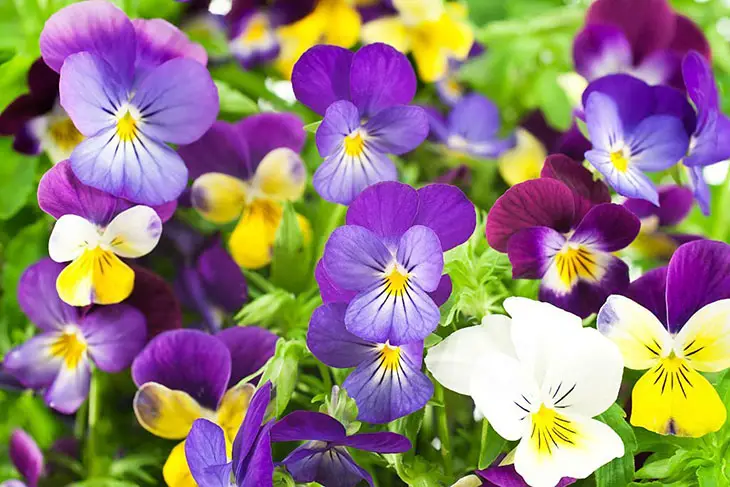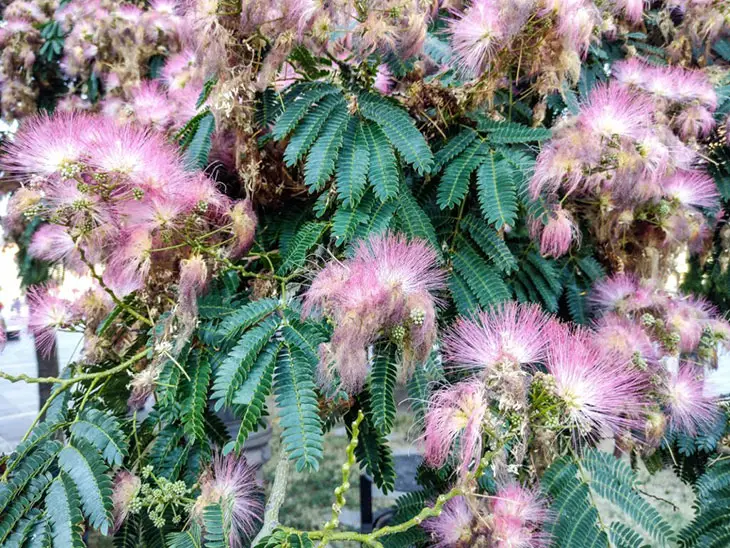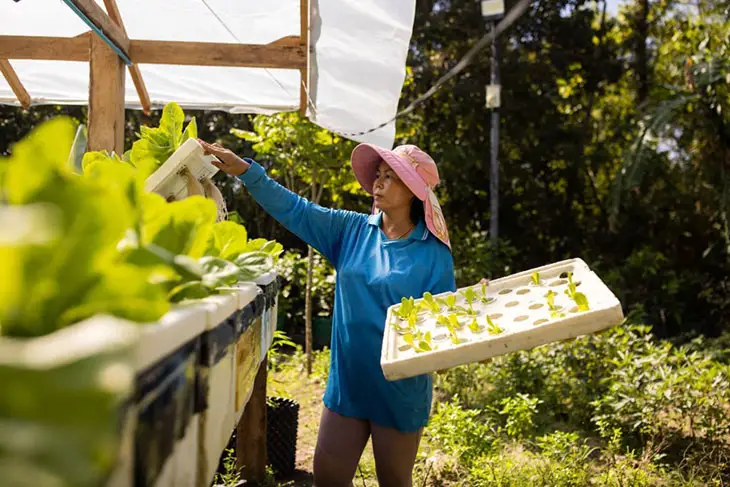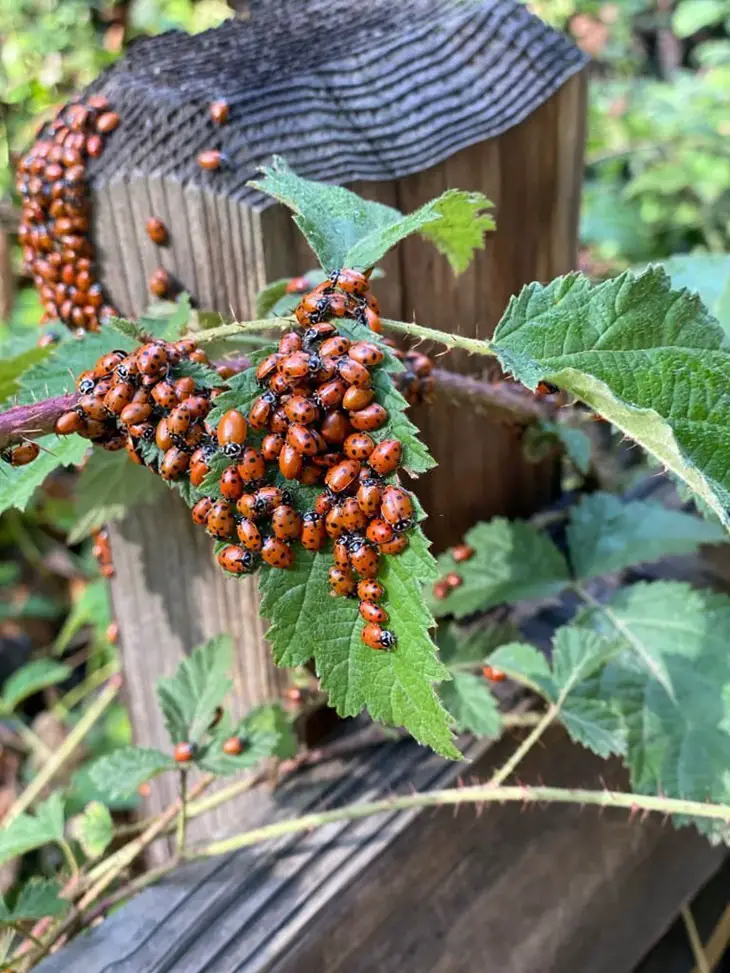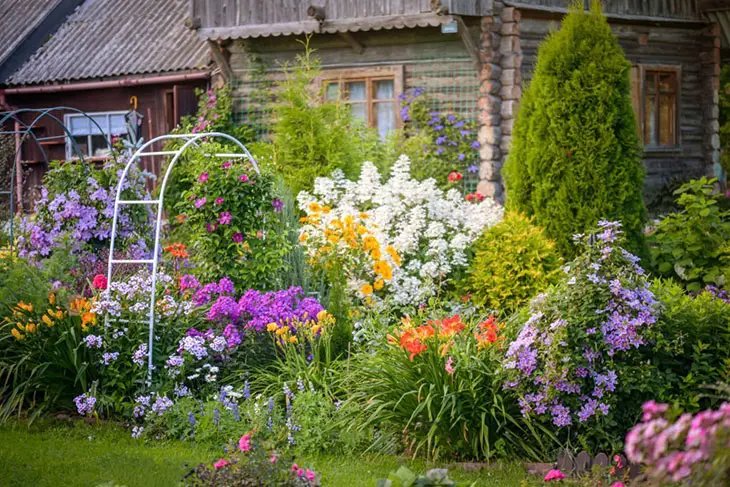
The life around us is always associated with the diversity and richness of the plant species world.
According to statistics, it is estimated that more than 500,000 species are distributed worldwide, with which flowering plants account for the largest number.
What are they? Which is an advantage of flowering plants? Let’s explore this issue with us in the article below.
What Are Flowering Plants?

Flowering plants are also known as angiosperms, a major group of plants and one of two groups of seed plants.
The seeds are covered with fruit and, in their reproductive organs, contain a structure called a flower.
According to the document of the International Journal Of Plant, this group consists of two main plant forms:
- Magnoliopsida: A large group of flowering plants whose seeds normally contain 2 embryonic leaves or 2 cotyledons.
- Monocotyledon: A species with flowers occupying most of the earth.
Based on the reproductive, vegetative, and adaptive organs, angiosperms are the most common group of vascular plant trees today.
Vegetative organs develop as diverse as adventitious roots, tap roots, compound stems, woody, herbaceous, compound leaves, single leaves, etc., and there is a complete conduction circuit in the trunk.
Its reproductive organs include fruits, flowers, and seeds. Fruit and flowers have many different shapes. Pollination takes many forms, such as self-dispersal by wind, water, insects, or humans.
Angiosperms flowering plants can live in many environments, such as terrestrial, aquatic, plain, or mountainous areas.
Its leaf structure is resistant to water loss and has stomata to facilitate gas exchange and transpiration.
Which Is An Advantage Of Flowering Plants?
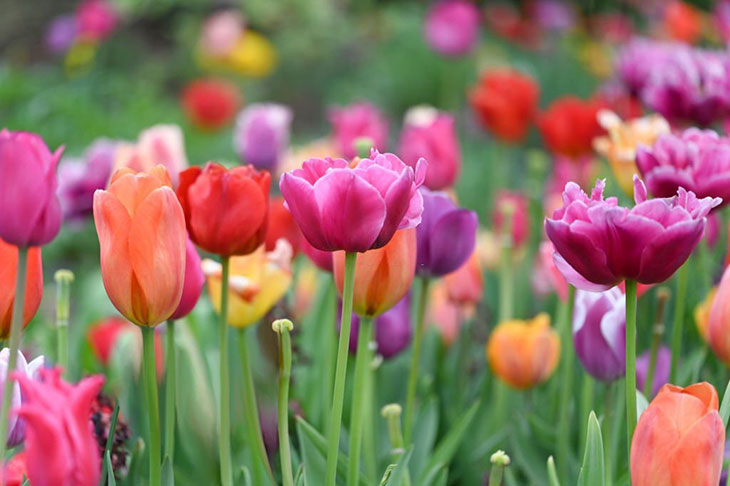
Flowering plants are not only diverse in species but also have a significant influence on life in the world.
They can be a food source for humans, pets, and wildlife; they can make medicine or decoration. All parts of the plant body are valuable for use.
Food For Humans
Why are flowers important to plants? Because they are the largest source of food for humans.
Most of the vegetables and fruits we eat daily come from angiosperm phylogeny groups, such as tomatoes, peas, carrots, grapes, etc.
We also can use some flowers of angiosperms as food, such as rose petals, sunflower seeds, pansies, quash blossoms, chamomile, etc.
The value of the food they bring plays a huge role in maintaining our life.
This food source can help you maintain a healthy weight because it is naturally low in calories and fat.
This helps reduce your risk of heart disease, stroke, certain types of cancer, and obesity if you don’t fry in a lot of butter or oil.
Adding more fruits and vegetables to your diet is good for many health benefits.
They are a very important part of a healthy, balanced diet, as they are a good source of fiber and many essential vitamins and minerals.
The different colors of fruits and vegetables combine nutrients our bodies need to stay healthy, such as Vitamins C, A, folate, fiber, potassium, and other minerals.
Feeding
Like humans, species of seed plants are the largest source of food for livestock.
Grasslands in mountainous areas, wastelands, and savannas are natural food sources for poultry (chickens, ducks) and wild grazing animals.
This food source is abundant and available everywhere, requiring no investment costs.
These advantages make natural food an important feed source for natural grazing and small-scale livestock models in rural areas.
After all, they are highly dependent on natural conditions, so they are often unstable in quantity and nutritional content and highly seasonal.
That is why feed from farming activities is increasingly becoming the main feed source for the livestock industry.
The part of crop products used as animal feed is the by-products of cultivation (stems, leaves) and products not used for human consumption.
Crop by-products are very low cost but have a relatively high nutritional value for animals. Forage crops include vegetables, grasses, and cereal crops.
Corn is the deep angiosperm phylogeny that many farmers often choose because it is easy to grow, cheap, and suitable for many livestock breeds.
Attract Wildlife
This benefit is closely related to the one we just discussed above. Since most flowering plants can be used as food or easily provide food, it is animals.
This can be annoying for ranchers because no one likes their vegetable garden to be the target of moose, deer, rabbits, or any other herbivore.
But on the positive side, deep angiosperm phylogeny plays an important role in maintaining biodiversity.
Except for carnivores, land plants are their main food source for wild animals. Thus, the decline in forest areas causes many difficulties in their lives and causes loss of plant diversity.
Another demonstration of the attractiveness of flowering plants to animals is bees.
Bees suck nectar from flowers to make honey and must fly up to 5 km to find nectar. Bees collect nectar from many flowers, so many different types of love exist.
It is estimated that a bee needs to fly 88,000 km and use up to two million flowers to produce 500g of honey. In the process of collecting honey, bees also collect pollen.
The method of carrying pollen from one plant tree to another helps to pollinate.
Medicinal Plants
Since most deep angiosperm phylogeny are edible, it is unsurprising that people use them as a medicine.
Today we still call medicinal plants that can treat or support disease herbs. Traditional medicine systems prefer to use herbal remedies.
To make herbs, we can use any flowering plant parts to make medicine, such as stems, leaves, flowers, and adventitious roots, fresh or preliminarily processed, processed, or extracted.
When any chemicals or minerals are mixed, the medicine is no longer herbal.
Medicinal plants are the “golden key” to preserving and protecting human health.
Herbal medicine is an effective alternative for chronic diseases requiring long-term treatment, such as cardiovascular disease, depression, respiratory problems, etc.
According to documents from Oxford University Press, among 177 drugs approved worldwide for cancer treatment, more than 70% are based on natural products or chemicals extracted from herbs.
In addition, each herbal species can have many therapeutic or supportive uses for treating diseases, not just focusing on a specific condition.
Some familiar plants, such as perilla, ginkgo, turmeric, lemongrass, tea tree oil, echinacea, lavender, chamomile, etc., have a very good healing effect.
Ornamentation
Decorative value is also a remarkable advantage of the angiosperm phylogeny group. Even wild animals love blooming plants; no one can resist their beauty.
Today, home decoration with bonsai is increasingly popular when designing interior landscapes.
Ornamental plants not only add a green patch to the house but also bring many physical and mental benefits.
Many ornamental plants are great at removing toxins and improving air quality.
Studies show that plants can remove more than 80% of the dangerous chemical compounds in many household items, such as formaldehyde, ethanol, acetone, benzene, and butanol.
Ornamental plants also positively affect your mood because some small bacteria found in plants and soil can act as a natural antidepressant, helping to relieve everyday stress.
Wood
Although most woody plants, such as conifers, belong to another family of plants, among the huge number of species of seed plants, many varieties can be used to make furniture or for construction projects.
Examples are cedar, oak, walnut, or maple. Their advantages are that they are durable, beautiful, suitable for many spaces, and easy to clean, but the price will usually be higher than other artificial materials.
Erosion Control
Land plants help save water, reduce soil erosion, and prevent landslides, pipe floods, flash floods, and other climate risks.
Groundwater aquifers are usually formed by the amount of water plant adventitious roots retain.
Lateral roots will be an effective tool to help control the flow and limit plowing on steep slopes. Planting many woody plant species and lateral roots to prevent landslides is essential for countries.
How Are Flowering Plants Pollinated?
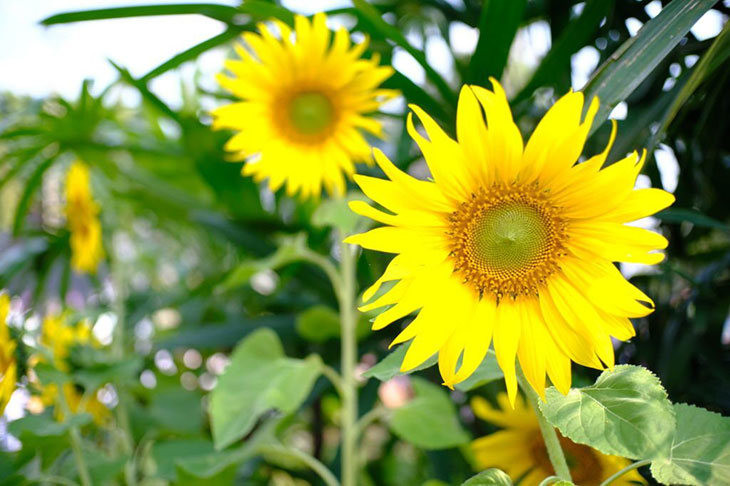
Pollination is transporting pollen grains from the stamen (the male part of the flower) to the stigma (the female gametophytes). There are 2 forms of pollination: Self-pollination and Cross-pollination.
After fertilization of a female flower, the egg cell transforms into an embryo, while the central cell is formed into the endosperm, which are the two main parts of the seed.
This process greatly affects plant growth forms. Cross-pollination requires the help of abiotic and biotic agents such as animals, wind, insects, birds, water, and artificial agents:
Wind
The wind helps pollen grains of male flowers fly through the air and fall on the stigma of female flowers, but this is not very effective because the amount of pollen reaching the ovule is very low.
Insects
This is the most effective way of pollination among natural pollinators because nectar and pollen are their main source of life.
When insects such as bees, flies, and butterflies suck nectar, they inadvertently carry pollen grains of male flowers to the ovules of female flowers.
Artificial Pollination
This is artificial pollination, also known as Anthropophily. Artificial pollination is done by spreading pollen on female flowers.
Conclusion
The answer to “Which is an advantage of flowering plants” lies in our everyday lives.
All parts of plant body species can be used for many different purposes, such as food, medicine, decoration, and erosion control. They also have many positive effects on biodiversity.
